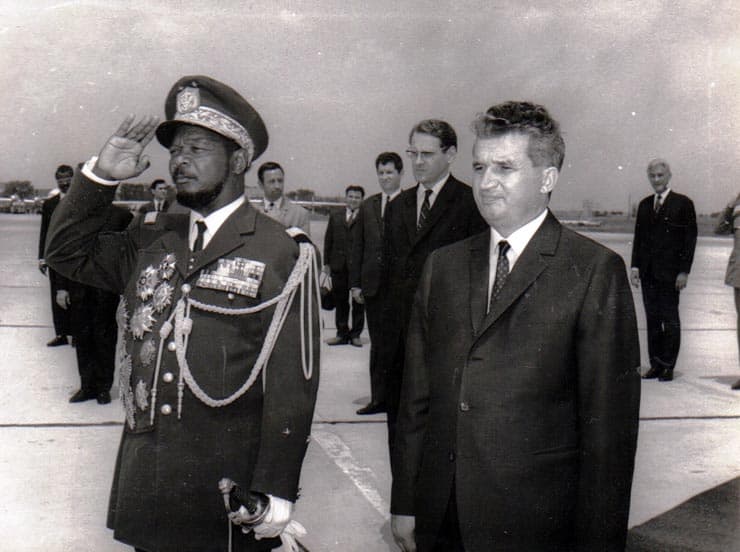Terrible people and terrible events have been far too common throughout history. Take the conman who styled himself “Witch Finder General”, and went about offering his services to the gullible. He ended up engineering England’s biggest mass execution. Or the delusional dictator of a small country who was a huge Napoleon fanboy. He renamed his country an empire, styled himself emperor, and staged a massive coronation party while his people starved. Following are thirty things about those and other terrible people and events from history.

30. The Terrible Conman Who Got Over a Hundred Innocents Executed for Witchcraft
Matthew Hopkins (1620 – 1647) was one of history’s more sinister and terrible conmen. In 1644, during the chaos of the English Civil War, he claimed to be England’s official “Witch Finder General” – a title and office that did not exist. He then traveled around, mostly in East Anglia, offering his services – for a fee – to local governments to root out witches. Fears of witchcraft and sorcery were rife at the time, so Hopkins found plenty of employers who paid him handsomely.

It would be funny, if not for the fact that Hopkins got scores of innocents killed based on evidence that he had manufactured. He was active for only two years, during which he got over 100 people executed. In a 14 month stretch, he got more people convicted and executed than all English witch hunters of the previous 160 years. Indeed, Hopkins is responsible for about 20% of English witchcraft executions from the fifteenth through the eighteenth centuries. As seen below, he pulled it off with brazen flim-flam.

